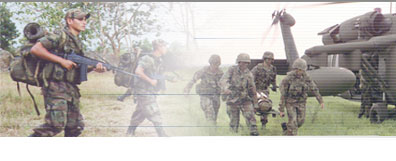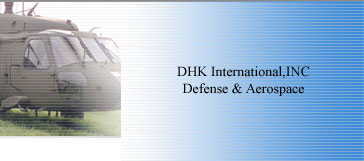| DHK
felt it extremely important to have workers in 100%
inherently FR garments. While NFPA 70E layers and allows
non-FR flammable cotton or natural fiber underwear,
there is a riskthat natural fiber underwear could ignite
and increase the severity of burn injury. One can see
in the Oberon video that the natural cotton t-shirt
ignited and burned.
OSHA 1910.269 states that garments worn must not contribute
to the severity of the burn injury. What better way
to prevent this potential problem when a hazard exceeds
the expected levelthan by wearing all FR garments. All
Oberon undergarments are inherently FR – no treatmentto
wash out from improper laundering. |
Waistband
– Briefs and Long Johns
When one examines the waistband, it appears that the garment
is inside out. That is not thecase. A conventional undergarment
has the waistband elastic sewn into the inside of the
garment. Normally, we would use only FR components, but
FR elastic has poor elasticity/elongation. It is also
very rough/coarse. Therefore, we were forced to use conventional
elastic, but to protect it, we covered it by rolling the
FR fabric over it. The stitching is quite wide, like serging.
To eliminate this seam causing irritation, we rolled the
waistband to the outside of the garment and stitched it
on the outside. |
Labels
– all FR Undergarments
Many people are annoyed by the labels on the inside of
the waistband and collar of underwear.Oberon placed the
label on the outside of the waistband of the long johns
and briefs, and on the outside of the shirttail of the
short and long sleeve t-shirts. |
Long
And Short Sleeve T-Shirt And Long Johns
Color: Dark Blue
Arc Rating: 4.8 cal/cm2
Fabric: 5.2 oz/sq yd single jersey knit
Fiber Content: 50% FR Viscose Rayon, 50% aramid
Sizes: S, M, L, XL, 2XL, 3XL, 4XL, 5XL |
BRIEFS
Color: Dark Blue
Arc Rating: 13.7 cal/cm2
Fabric: 10.3 oz/sq yd FR 1 x 1 rib knit
Fiber Content: 50% FR Viscose Rayon, 50% aramid
(contains Lycra every fourth feed that results in <2%
fiber content)
Sizes: S, M, L, XL, 2XL, 3XL, 4XL, 5XL |
| The wearer should use
undergarments with the awareness that unless they are
long-sleeved and long-legged, they lack protection to
the arms and legs. The core part of the body will be protected,
but not the arms or legs. NFPA 70E 2004 Table 130.7(c)(10)
Protective Clothing and Personal Protective Equipment
(PPE) Matrix allows “short-sleeve” t-shirts
for Cat -1, 2, 3 and 4 (other garments also required).
Oberon offers long-sleeve t-shirts, short t-shirts, long
johns and briefs made of inherently FR knit fabric. |
| It is important to note
that the arc rating of a garment indicates a 50% probability
of the onset of a second-degree burn. Oberon does not
consider this acceptable, so we have developed theBurn
Injury Reduction GuideSM. The FR undergarments, when layered,
can play a major role inhelping to reduce the probability
of the second-degree burn. |
| Currently, the Kinectrics
High Current Laboratory is shutdown for major renovations.
We have not been able to replace our FR undergarments
for the cotton we use in our current labels.Below is an
example of our HR1 pant material over 5oz cotton knit
material. |
|
| |
|
|
DHK
Undergarments : DHK700342-UG |
|
| Arc
Rating = 6.0 cal/cm 2 ATPV of pant
material 6.8 oz. Nomex IIIA
Arc Rating = 16 cal/cm 2 ATPV of pant over
cotton knit underwear fabric
Logistic regression analysis
(6.8 oz. Nomex over natural cotton)
50% 16 cal/cm 2
40% 15.4 cal/cm 2
30% 15.0 cal/cm 2
20% 14.6 cal/cm 2
10% 13.9 cal/cm 2
5% 13.3 cal/cm 2
1% 12.1 cal/cm 2 |
| !EXAMPLE
ONLY!
NOT FOR NEW FR
UNDERGARMENTS |
|
| We will be providing new Burn Injury Reduction
Guide (BIRG) information with our new FR underwear and dailywear
as soon as the laboratory opens in November. You will note two
things happen with layering. (Please see Layering discussed
in another section of this manual.) Please focus on the 1% probability.
By adding underwear to the dailywear, the user increased the
protection from 6.0 cal/cm2(50%) to 12.1 cal/cm2(1%) when layered.
The undergarment not only improves the protection level,
but should be used to reduce the probability of the onset
of a second-degree burn. |


